Scottish 70/-
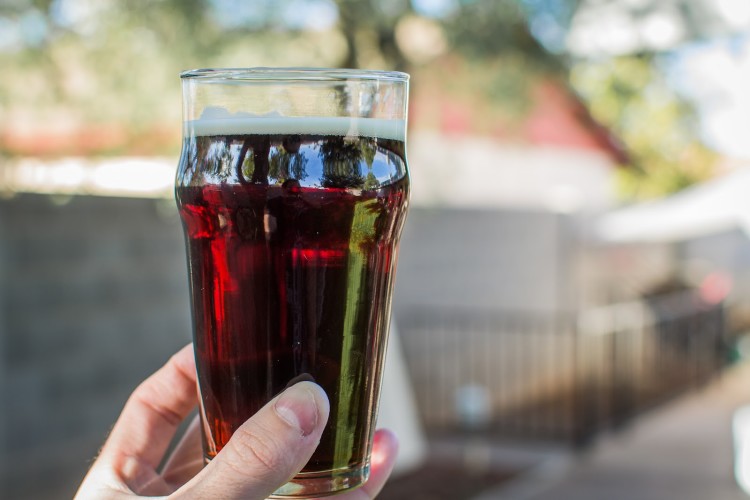
This is a new style for me. Most of the beers I’ve brewed lately have all been pretty high in gravity, so I want to brew something sessionable. Sessionable doesn’t have to mean flavorless, so I looked through some flavorful beer styles that were sub 1.040. Scottish 70 Shilling jumped out at me. This is also perfect, since with the holiday season fast approaching, it’s nice to be able to offer guests a beer that won’t knock them on their ass in a hurry.
Read More
Kiernan’s Blonde Ale
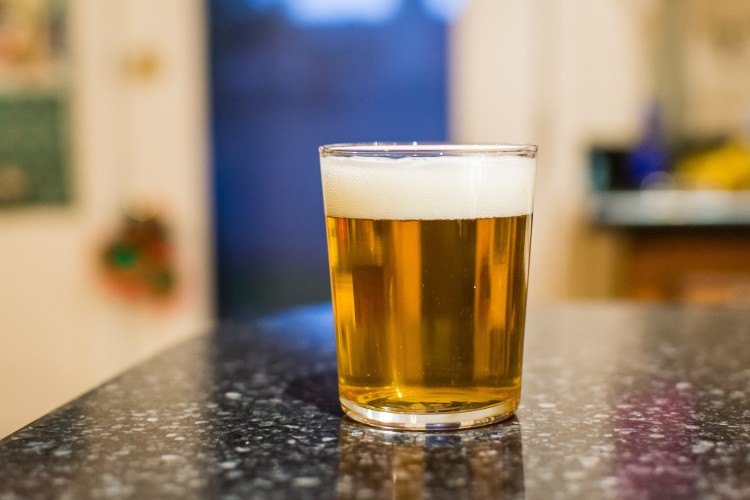
Our friends Kiernan and Shannon are having a house warming party this December, and I’m brewing them a couple kegs to help celebrate. Since one of the two kegs will be half of the Pliny the Elder clone I recently brewed, we decided the second should be something with more mass-appeal. My Blonde Ale fit the bill nicely. Also, since my last two batches were big Double IPAs, this is a welcome change. As is usually the case, I’m forever tweaking my recipes, and this one is no exception.
Read More
How to Wax Dip Bottles
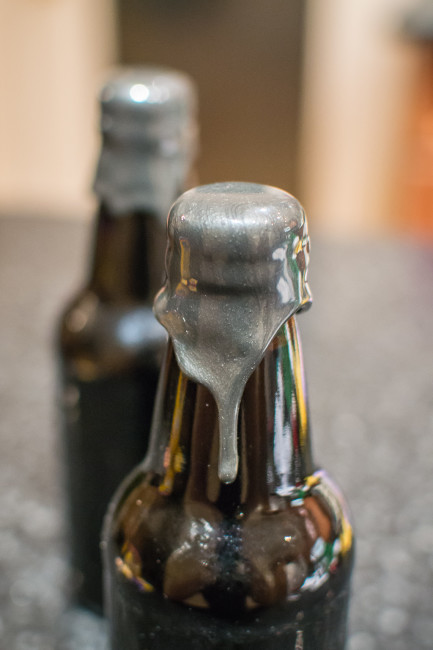
I’ve had a number of requests asking how I wax dipped my 120 Minute Clone bottles, but I haven’t made a batch worth aging for some time. Thankfully, my recent American Stout turned out fantastic, so I decided to set aside a six pack for a little while. I figured this was a good opportunity to do a step by step walk through on how I wax dipped the bottles.
Read More
American Stout
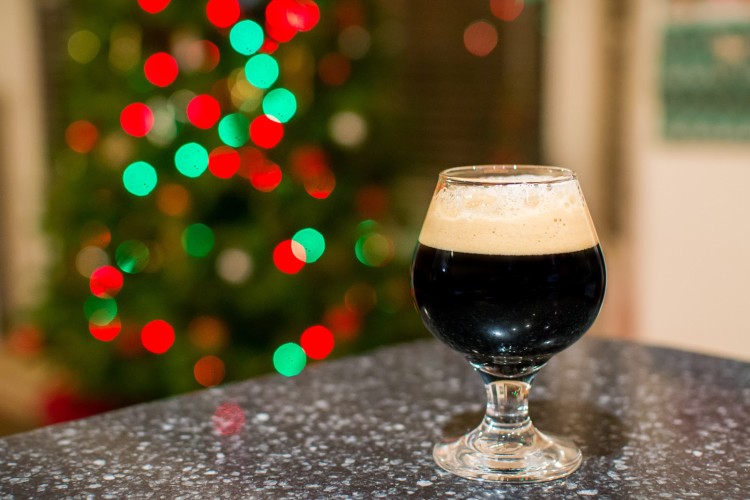
It’s time for something malty, roasty, and dark. The nights are getting chiller, and I’m in the mood for a big stout. Lately, I’ve been drinking quite a bit of Sierra Nevada’s and Deschutes’ stouts, both of which are fantastic examples of an American stout with a big hop character. One thing I noticed about both recipes is that they use black barley rather than roasted barley. So I took that idea and ran with it.
Read More
IPA Clone Series: Pliny The Elder
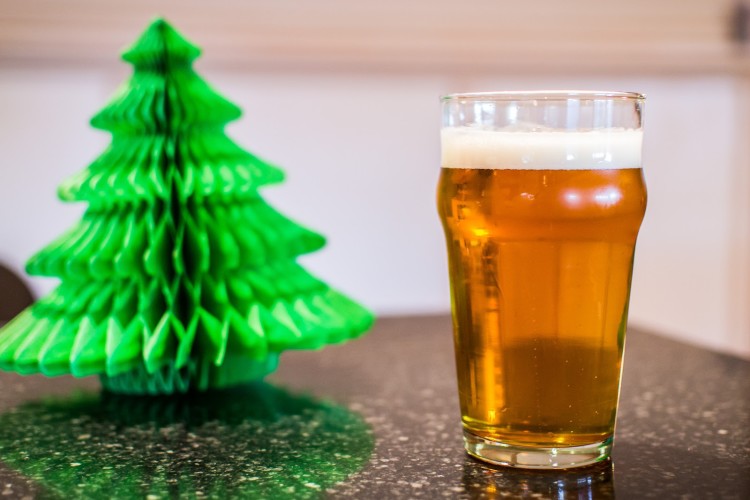
This beer is an interesting one. Why create a clone recipe for a beer that has possibly the most widely distributed clone recipe on the Internet? Well, from what I know, I don’t believe that clone recipe is exact. It’s really close, but we can make it perfect.
Read More
IPA Clone Series: Firestone Walker Double Jack
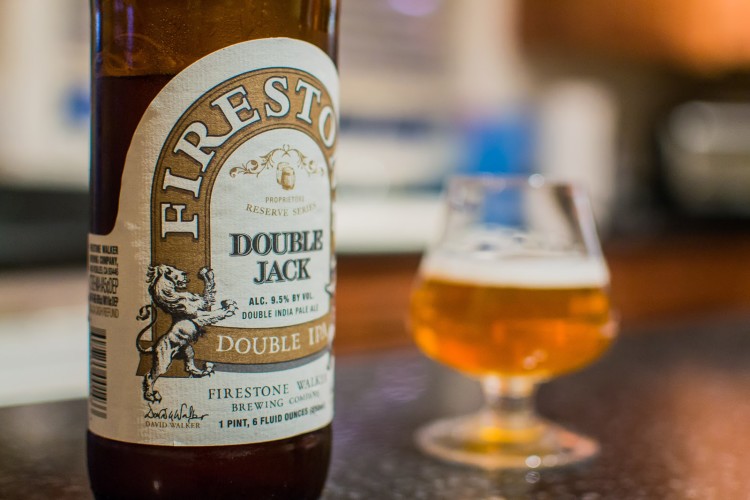
Oh Double Jack… I love this beer. I feel it’s one of the best beers in the country, and happily defend that statement. =) Seriously though, when I decided to clone some of the best IPAs, Double Jack was one of the first to come to mind. Not much warms my heart more than ripping the foil off of a DJ bomber, popping the cap, and catching a whiff of what’s inside. There’s a good reason Firestone Walker manages to win brewery of the year about 50% of the time.
Read More
Bulk Hop Extract
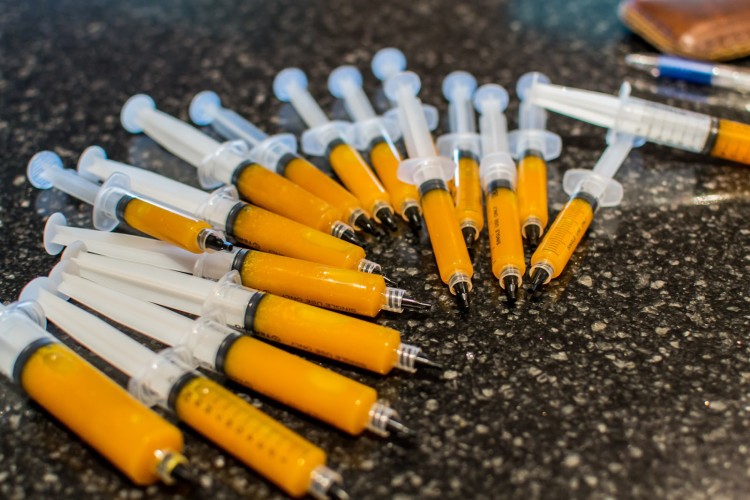
Finally! I found a vendor (Yakima Valley Hops) that was willing to sell me a can of generic CO2 extracted hop extract. I already had some cheap syringes from eBay, so I purchased a 150g AA tin, and away we went.
Read More
Brew System/Equipment Update
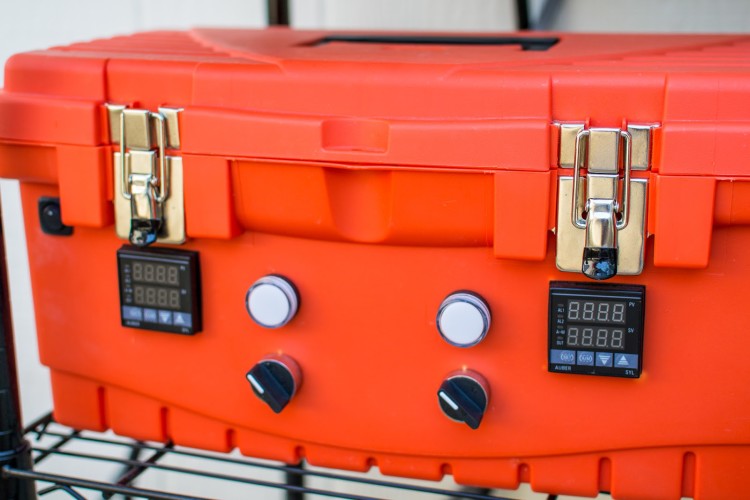
I had planned on writing a post detailing my Electric HERMS once it was complete, but we moved houses shortly after it was. Since I needed to change the system to accommodate the new house, I figured I would wait until I had everything settled before I bothered. I’ve brewed a few batches on the system in it’s current state, and I’m pretty confident I won’t be making any changes in the near-term. So here’s a breakdown of what I’m using now.
Read More
American Amber Ale
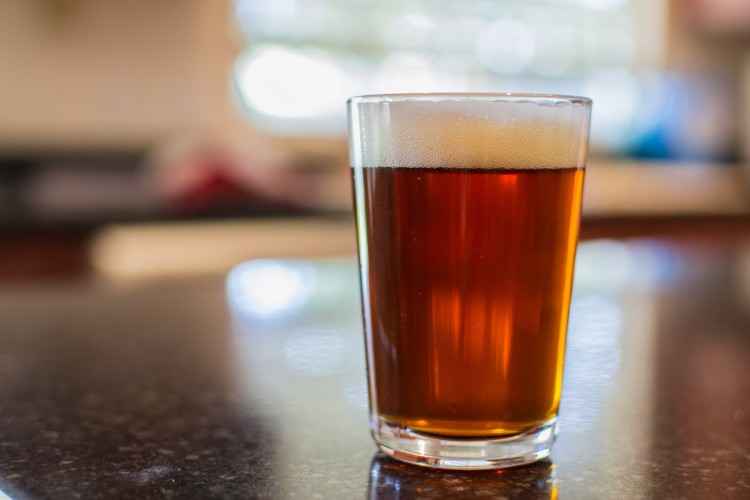
I was planning on brewing a Double Jack clone this weekend (that keeps getting pushed back), but with the move looming, I never got around to making a starter this week. So on Saturday I scrapped that idea, and flipped through the future batches I have planned to see what could use dry yeast. My Amber Ale fit the bill nicely. I’ve brewed this beer a few times, and most recently back in February. The recipe is pretty close to where I want it, so I only made a few small tweaks this time around. I dropped the C60 to 14oz, and the C120 to 7oz. We added 8oz more Munich, and threw in 1oz Chocolate (up from a pinch) to make up the color difference. Finally there’s .5oz of Galaxy added to the dry hop.
Read More
Super-charge your Oxiclean
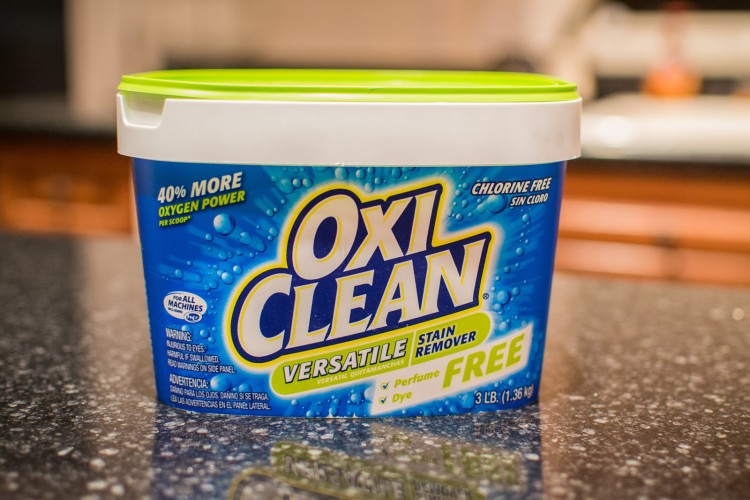
PBW is awesome. Unfortunetly, it’s also expensive. Many homebrewers (myself included) turn to Oxiclean as a suitable alternative. It’s main ingredients are pretty similar to PBW — sodium carbonate (washing soda), and sodium percabonate (the oxidizing agent). The problem is: Oxiclean simply doesn’t work as well as PBW. It doesn’t remove caked on crap as well as PBW does, it doesn’t rinse away as easily, and if you have hard water, it can leave hard water scale on your equipment. So where’s the missing link?
Read More